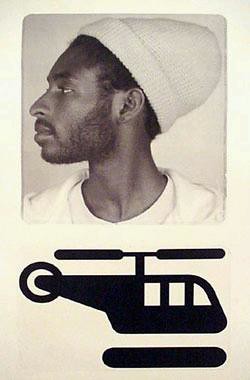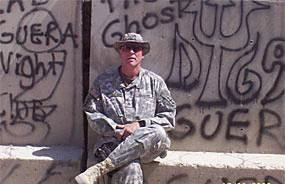For Immediate Release
Media Contact:
Najee Ali (323) 350-1065
FIRST ANNUAL SUMMIT OF LATINO AND AFRICAN AMERICAN RACE RELATIONS
Who: Reverend Al Sharpton, National Action Network
Christine Chavez, Granddaughter of Caesar Chavez
Gloria Romero, State Senator, 24th District
Roosevelt Dorn, Mayor of Inglewood, CA
Eric Perrodin, Mayor of Compton, CA
Leticia Vasquez, Mayor of Lynwood, CA
Najee Ali, Project Islamic Hope
Earl Ofari Hutchinson, Political Commentator
Victor Field, Publisher, Latino Publications
What: 1st Annual National Summit of Latino and
African American Relations
When: Saturday, June 3, 2006
7 p.m. to 9 p.m.
Media Check-in Open At 6 p.m.
Where: Omar Social Hall
1025 Exposition Blvd
Los Angeles CA, 90008
Vermont & Exposition
Public
Information: Free of cost to the public. Early arrival suggested.
Background:
LOS ANGELES - Los Angeles is experiencing a low level race riot between Latinos and Blacks. With racially motivated fights in the prison system and the public schools, the tensions among Latinos and Blacks has elevated to an all time high with the very real potential of spreading.
This dialogue, hosted by the Reverend Al Sharpton and Christine Chavez, is a first step in addressing the issues that are equally important to both groups immigration, jobs, and gang violence

